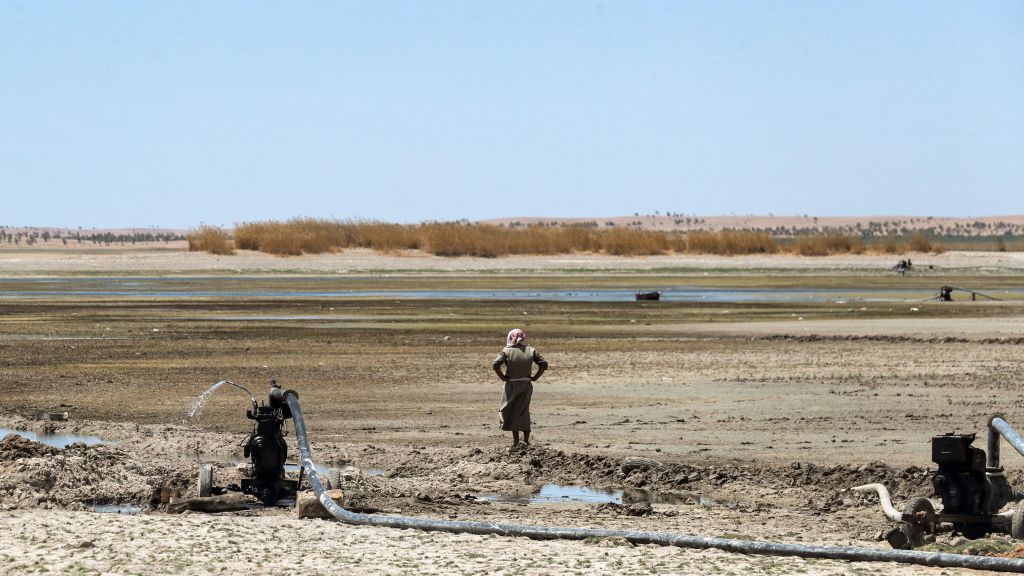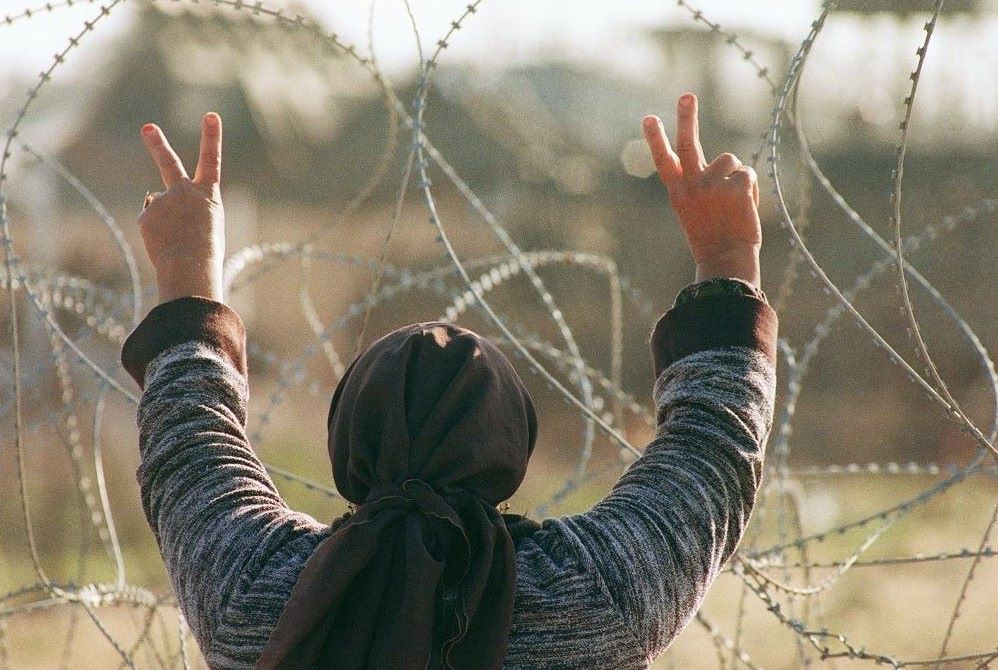I, too, got a few things wrong

I agree with Will Leben, who wrote in The Strategist about his mistakes, that an important element of being a commentator is being accountable and taking responsibility for things you got wrong.
In that spirit, I’ve taken up his challenge and have thought back on what I got wrong in a long, long career.
I haven’t chosen easy examples, which are almost a form of self-congratulation. I didn’t think Russian President Vladimir Putin would order the invasion of Ukraine in 2022 because it was not in Russia’s interests. I stand by that. Or that the United States and its coalition of the willing should invade Iraq in 2003 with flimsy evidence. These are good reminders that international relations is not about just rationality.
So, my first mistake is one of tactics. I was wrong to believe that Australia should have tried to repair its relationship with China in 2020. After China imposed trade restrictions, it was better for Australia to hold its position and show that it could weather China’s economic coercion. I stand by my view that the relationship should never have been allowed to get that bad. But once it was, it was the right call to hold firm to show China, other countries and, crucially, the Australian public that Australia had the strength and resilience to survive and even thrive.
The situation would’ve been different had China imposed trade restrictions on iron ore rather than lobsters and red wine—that would have been mutually assured destruction of both economies’ growth. (And on this, we should be watching when China’s African sources of iron ore come on line.) But in the actual situation, affected industries were right to find other markets, showing China that its tactics were counterproductive.
My second is a failure of communication. I’m on the record saying that Australia should not go to war with China in defence of Taiwan. That sounds more definite than anyone can be, given the range of scenarios that might lead to a contingency in the Taiwan Strait. I stated it better when I said Taiwan should not rely on Australia to come to its defence. I regret that I bought into narratives focussing on military options and end games rather than how we can support Taiwan right now.
The starting point for any Taiwan discussion should be the welfare of the Taiwanese people. I worry that some who say they are pro-Taiwan are just raring for a fight and aren’t thinking about the catastrophe this would bring for Taiwan, one of the places I love most on earth. I don’t think they have Taiwan’s best interests at heart.
Being a friend means talking frankly with Taiwanese contacts about risk and the importance of avoiding all-out war. Many in Taiwan understandably want independence. There’s a danger that after 80 years Taiwan sees China as all bluster and bluff and underestimates China’s resolve. I can’t overstate how unwise it would be to take reckless action assuming that Taiwan can rely on external support.
Taiwan’s strategy must remain the same—preserve the status quo and maintain maximum space—in the hope that better options may emerge. I’m a status quo-ist because anything else would be a calamity for Taiwan. But that doesn’t mean acquiescence.
Friends of Taiwan should counter narratives presenting Taiwan as a Chinese province by explaining its history and diversity. I try to explain this in terms of decolonisation. Taiwan is less like Catalonia and more like the Philippines, handed between empires with a distinct identity from a myriad of heritages. Nowhere on earth is quite like it.
My third failure is one of courage. I’m conscious that I have never written anything about Israel or Palestine in all my decades as an international affairs commentator.
The glib answer is that I’m not a Middle East expert. And that’s true. Some people I studied with in Boston have dedicated their entire careers to the Israel-Palestine conflict. They can talk about 1967-this and 1948-that at a level of detail I don’t pretend to understand. As one conflict resolution expert described it to me: ‘you either do Israel-Palestine, or you do everything else’. I chose everything else.
But that’s not the whole answer. I’m happy to do media spots about the NATO Summit, not because I know today’s battlefield details in Ukraine but because I understand conflict concepts such as victory, best alternative and zone of possible agreement.
With Israel and Palestine, the divisiveness of the topic stops me. Whatever I say, I’ll be hated. And I don’t like being hated. This is not something I like about myself.
But if we all stop ourselves, we end up with a shouting match between the absolutely convinced. We lose the opportunity for civil debate that actually changes minds, builds empathy and tries to find solutions. That means understanding both Israel’s sense of insecurity and the hopelessness of Palestinian dispossession. It means taking international law and humanitarian law seriously, whoever breaches it.
So I’ve decided I’ll do something I have never done before. I will speak out, if anyone will publish me. In a decade’s time, I don’t want to regret that I missed an opportunity to be a voice.









